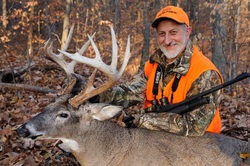 The Incredible Wedge by Brad Herndon The Thinker is a bronze and marble sculpture created by Frenchman Auguste Rodin in the early 1900s. It shows a man in sober meditation battling a powerful internal struggle. It is often used to represent philosophy. Today, The Thinker is the most recognized work in all of sculpture. Rodin’s two most popular works, The Kiss and The Thinker, are widely used outside the fine arts as symbols of human emotion and character. That last sentence about emotion and character should remind you of our last Creative Photography lesson about the importance of emotion in your pictures. And yes, emotion carries over into paintings, carvings, and sculptures. Today, though, I’m not talking primarily about emotion, but instead about a figure called the wedge that creates emotion in a picture. The wedge, incidentally, also could be called a “V”. Regardless, this composition is tremendously powerful and extremely eye-appealing, and I’ll go back to The Thinker sculpture to illustrate the point. The Thinker sculpture is familiar to many people in most countries in the world primarily because of the artist’s great skills in showing detail in his works of art, plus his ability to show emotion and character. That being said, if one looks closely at The Thinker and evaluates it you will notice how many wedges are in this sculpture. The arms and legs are in the form of a wedge and without this composition I personally doubt if the work would have become world famous. 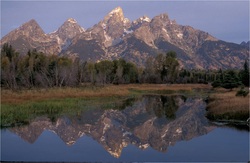 Mountains are appealing because of the wedge Examples Of The Wedge Working When people tell me how they enjoy seeing a flock of Canada geese fly over, I usually point out to them that the reason they enjoy the geese flying over so much is because of the wedge, or V, formation in which they fly. The same goes for a flight of sandhill cranes. If either of these groups of birds flew in a straight line they would be rather boring to watch. Likewise, most people thoroughly enjoy looking at mountain scenes. The reason? It’s because those mountain peaks are in the form of a wedge. Another eye-appealing picture folks like to look at is a train coming forward in a picture, with the boxcars behind the engine trailing off toward the horizon. If you examine these pictures carefully, you will see the train forms a wedge as the train’s boxcars diminish in size into the distance.  The wedge formed by trees makes this a contest winner Also, an old dead tree silhouetted against a beautiful sunrise or sunset usually evokes a favorable response from people viewing the picture. The beautiful colors have a positive effect, no doubt, but those wedges formed by the tree trunk and the branches also play a big part in the picture’s appeal. 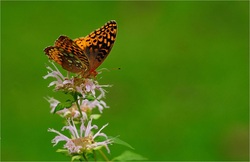 This butterfly’s wings form an attractive wedge. The ways the powerful wedge can be worked into your photography is almost unlimited if you are alert to the possibilities. It can be a butterfly or a bird’s wings forming a wedge, two trees crossing in a picture, a shaft of beautiful light coming out of black clouds at sunrise or sunset, or perhaps the many wedges you can find in farm fields. 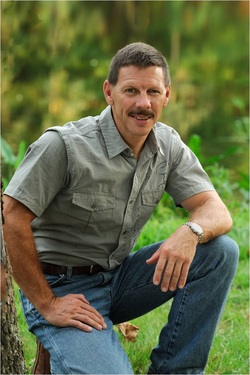 Kevin Kramer’s portrait is a great example of wedge use. Using Wedges In People Photography Wedges can be put to excellent use in people photography, both with groups and individuals. For example, when you are posing a small number of people for a picture, line them up with the tallest people in the middle and then the next tallest person next to them, and so on. Of course this forms a wedge that is pleasing to the eye. Likewise, instead of having a child stand straight up by a tree to take their picture, have them lean against the tree and bend one knee. Again an interesting wedge is formed, this time by their knee. Bent elbows also form an eye-appealing wedge. Pose a child standing straight up and down and see how interesting it is. Not very. Have them place one hand on their hip and see how the picture gets more interesting with the wedge formed by the arm. In a similar manner, pose a mom standing straight up and down glaring at her daughter. Although “the look” carries some emotion, for sure, try having the mom look the same only with both of her hands on her hips. Now you have a powerful picture because of the two wedges formed by the arms, a shot that says, “Kiddo, you have had it!” 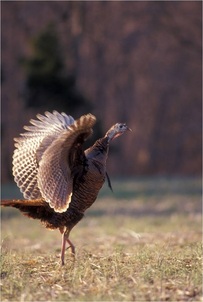 Look at the wedge formed by the legs! Even Subtle Wedges Work As many of you know, Miss Carol and I make our living doing wildlife photography and in-the-field hunting setups for outdoor related companies. When we are photographing, we are constantly on the lookout for how we can incorporate wedges into our pictures. For example, if a big turkey is standing with head erect and alert, it’s a good picture. However, if its legs are straight and together, that part of the picture is uninteresting. It may even look like it’s standing on only one leg. In these cases, I capture the first shot, then hope the gobbler takes another little step and separates his legs, thus forming a wedge. When this happens the picture immediately becomes more exciting and it gives us an added edge in making a sale. 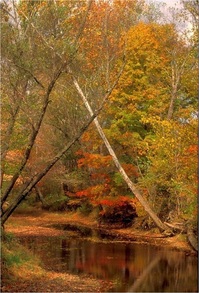 Folks love this simple wedge formed by trees Dogs are neat animals, and you see many pictures of bird hunting dogs in the field. Some of the most interesting shots are of these dogs on point where they have one front leg raised. The leg, as you have guessed by now, forms a wedge. I could go on and on about wedges because I like them so much. One fellow photographer even said I was “wedge crazy” one time. I think if you study everything you photograph, from people, to birds, animals, and landscapes, you will soon find many instances where you can incorporate a wedge into the picture and make it a stronger image. Now, before signing off, I want to tell you about the most important wedge of all.  The Most Important Wedge In The World Overall, the general public finds pictures of people praying extremely interesting. Sometimes these pictures show only the hands in prayer. At other times, the hands and arms of the person are shown. And in many images the entire person is shown in prayer. These images carry great impact from a compositional standpoint. Here’s why. Moreover, you will find that two hands together in prayer form a wedge. If only the hands and arms are shown, the arms usually form a wedge when seen either from the front, or from the side. The same goes for the full body shots. More importantly, though, the images profoundly touch people because of the spiritual aspect of the pictures. It shows a person having a direct, and immediate, conversation with the Creator of the universe. Nothing is more important than this. 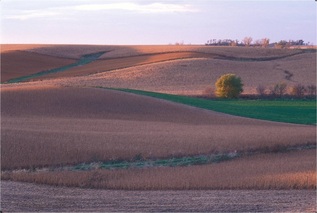 I don’t know your situation today. Some of you reading this may be perfectly healthy and happy. Others, meanwhile, may be suffering from a physical ailment, or perhaps anxiousness, depression, or some other malady. Regardless of your situation, always remember that God hears your every word, from praises, to requests for divine help. And he promises to never leave you. So clasp your hands in prayer whenever you can, wherever you are, and enjoy a wonderful conversation with a loving God. Be anxious for nothing, but in everything by prayer and supplication, with thanksgiving, let your requests be made known to God; Philippians 4:6 Copyright 2011 Brad Herndon
0 Comments
Your comment will be posted after it is approved.
Leave a Reply. |
Brad and Carol HerndonBrad and Carol Herndon live in a small cabin nestled in beautiful Browstown, In. Brad and Carol have the unique ability to see the world through the lens of a camera! They take this wonderful gift and use it to bring those who view thier work closer to the Creator, Almighty God, who has created all things seen and unseen! Archives
July 2011
Categories |

 RSS Feed
RSS Feed
